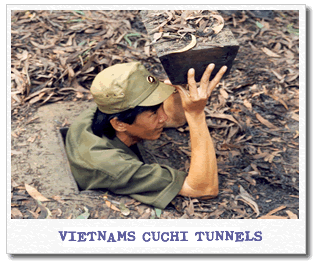
Two broken legs and a dead brother are not enough to give Abdullah cause to think twice about his line of work: a fighter in the Izz el-Deen al-Qassam Brigades, the armed wing of Hamas.
A fresh-faced 23-year-old, Abdullah – as he asks to be called – lies on sheets speckled with blood, his two legs stretched before him in casts with pins at Kamal Edwan Hospital, north of Gaza City.
“There is no need for an answer,” Abdullah tells the FT when asked whether he will fight again. “For sure I will fight again. And when I recover, I want to get married and have babies so that they can become Palestinian fighters like me and continue down the same track,” he says, adding that he joined the Brigades when he was still a child.
“We are fighting those people who are occupying our land. We want to send them a message that we will never forget the Al-Aqsa mosque,” he says, referring to the Jerusalem shrine, the third most revered by Muslims. “Those Palestinian women and children who were killed, they were not killed in vain.”
Abdullah is one of the foot soldiers that make up Hamas’s military brigade, believed to contain up to 15,000 fighters. Abdullah was injured while helping Hamas fighters launch rockets – only helping, he insists – from the Jabaliya refugee camp in northern Gaza, when he was hit by a missile from an Israeli drone.
Another Hamas fighter, who calls himself Abu Mohammad, is similarly defiant. “Israel did not achieve any of its goals. Israel did not weaken the power of Hamas,” he says. “Israel did not hurt Hamas much because most of the people they killed were civilians,” he says.
He explains that he works as a state policeman by day, and as a Hamas fighter by night. After five years of training, he says he knows how to do “everything” from run-of-the mill rocket launching to sniper shooting and organising ambushes.
Admitting that the price is high – his brother and several friends were killed – Abu Mohammad nevertheless says this is the price of Palestine.
“Hamas is an Islamic organisation planning for an Islamic renaissance,” he says, still wearing his police fatigues. “We are raising the flag that there is no god but Allah and that there is one holy land, and it is Hamas that will liberate it.”
A fresh-faced 23-year-old, Abdullah – as he asks to be called – lies on sheets speckled with blood, his two legs stretched before him in casts with pins at Kamal Edwan Hospital, north of Gaza City.
“There is no need for an answer,” Abdullah tells the FT when asked whether he will fight again. “For sure I will fight again. And when I recover, I want to get married and have babies so that they can become Palestinian fighters like me and continue down the same track,” he says, adding that he joined the Brigades when he was still a child.
“We are fighting those people who are occupying our land. We want to send them a message that we will never forget the Al-Aqsa mosque,” he says, referring to the Jerusalem shrine, the third most revered by Muslims. “Those Palestinian women and children who were killed, they were not killed in vain.”
Abdullah is one of the foot soldiers that make up Hamas’s military brigade, believed to contain up to 15,000 fighters. Abdullah was injured while helping Hamas fighters launch rockets – only helping, he insists – from the Jabaliya refugee camp in northern Gaza, when he was hit by a missile from an Israeli drone.
Another Hamas fighter, who calls himself Abu Mohammad, is similarly defiant. “Israel did not achieve any of its goals. Israel did not weaken the power of Hamas,” he says. “Israel did not hurt Hamas much because most of the people they killed were civilians,” he says.
He explains that he works as a state policeman by day, and as a Hamas fighter by night. After five years of training, he says he knows how to do “everything” from run-of-the mill rocket launching to sniper shooting and organising ambushes.
Admitting that the price is high – his brother and several friends were killed – Abu Mohammad nevertheless says this is the price of Palestine.
“Hamas is an Islamic organisation planning for an Islamic renaissance,” he says, still wearing his police fatigues. “We are raising the flag that there is no god but Allah and that there is one holy land, and it is Hamas that will liberate it.”
